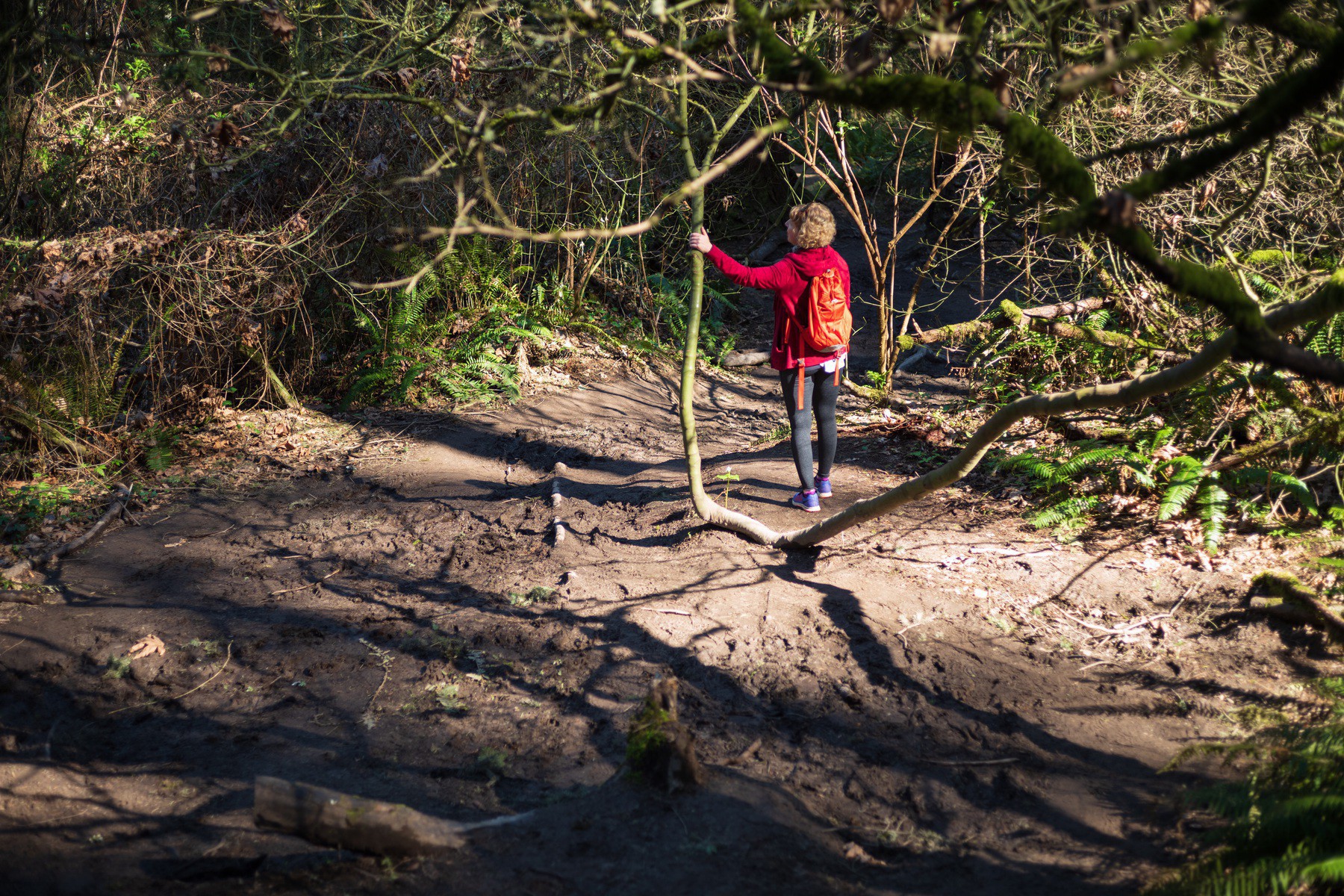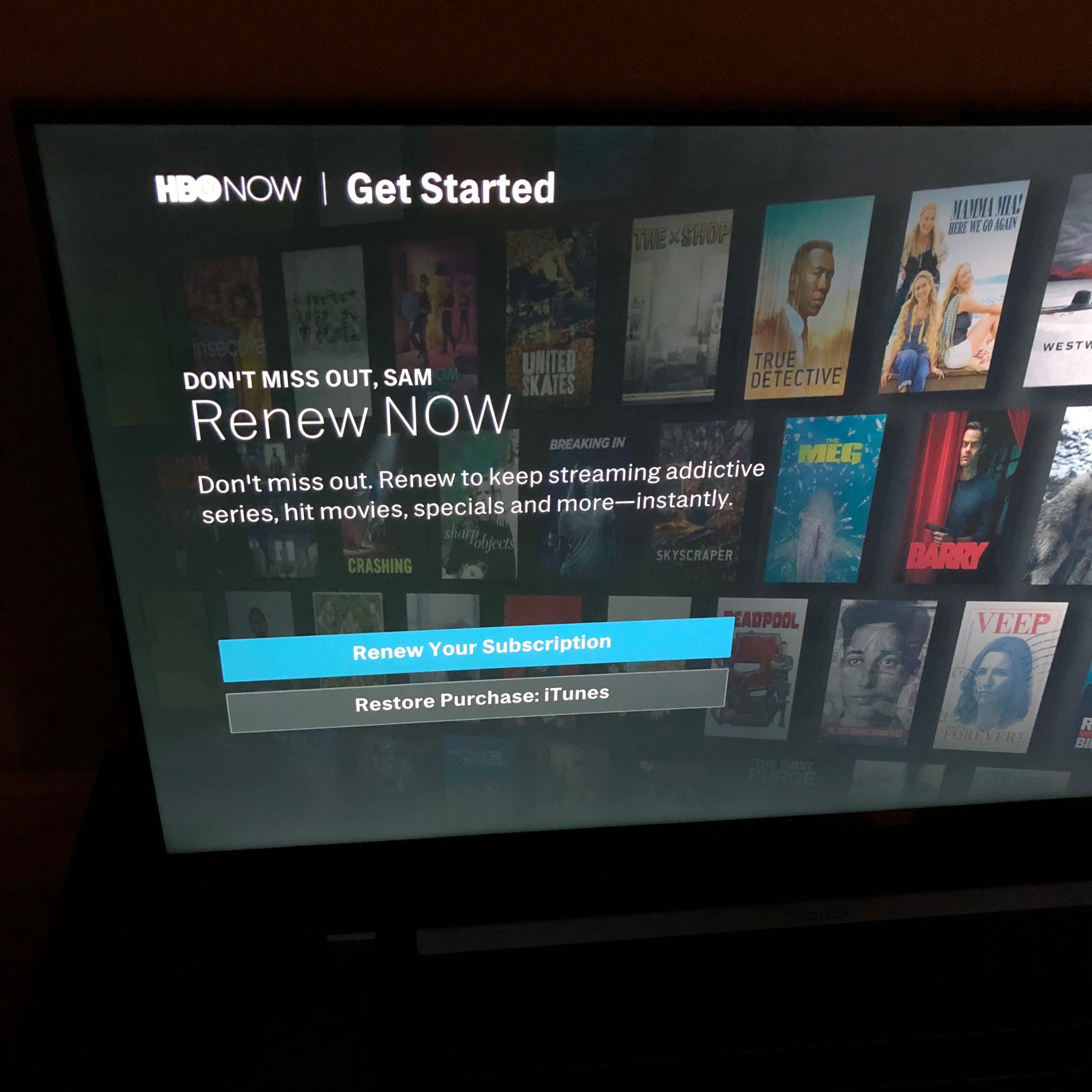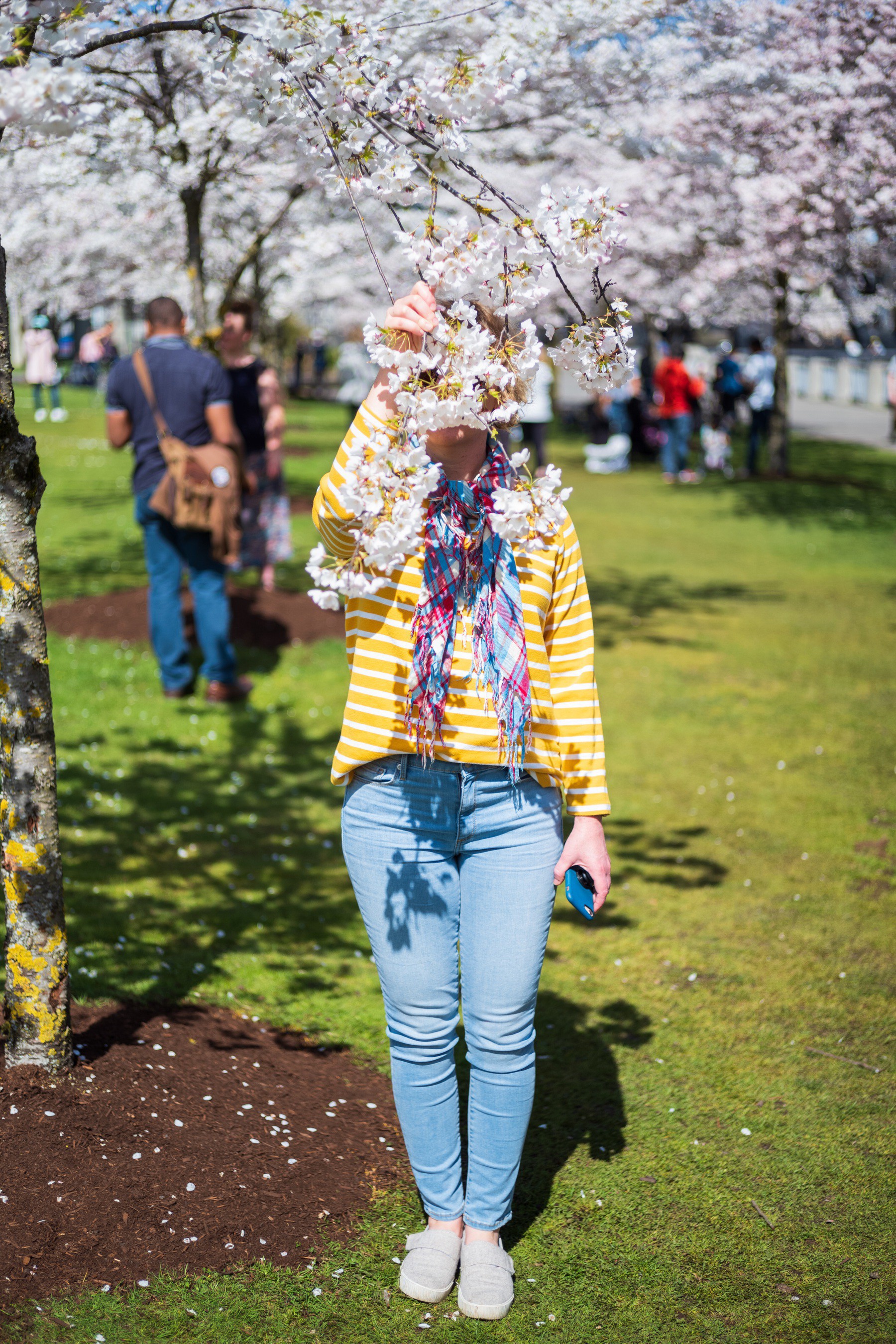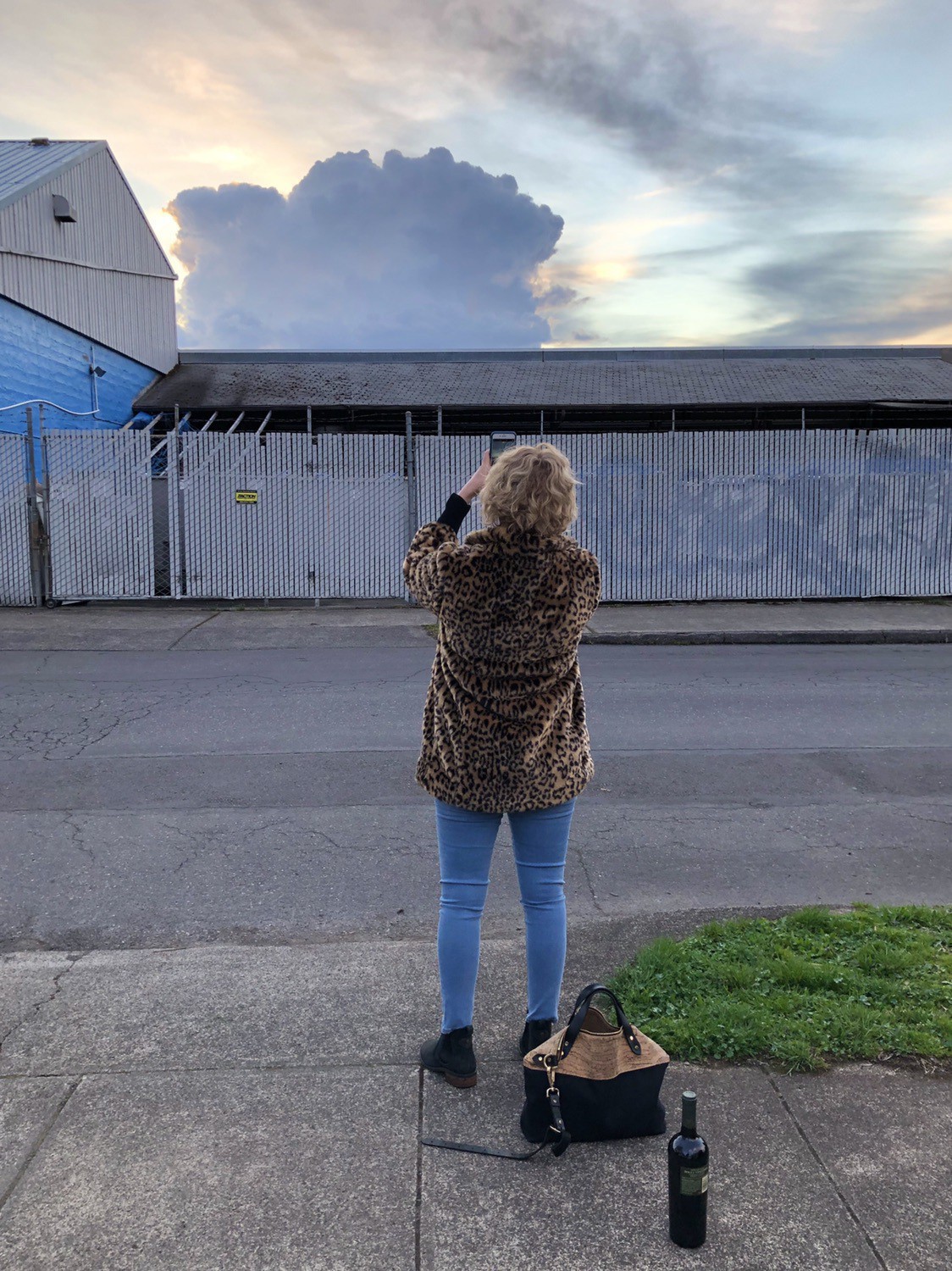Importing Foursquare/Swarm history into Day One
I’ve been journaling in Day One for some time now. I like it for a lot of reasons, and it’s working out great. So far I’ve been using it as a plain old journal, where you write what’s on your mind. Recently, I decided that I wanted to get my digital history into it as well. One of the first things that came to mind was my Foursquare/Swarm checkin history which goes back to 2009. I decided to start there.
I exported all my data and wrote a script in Python to extract what I needed from it to make journal entries. The two relevant files were checkins.json and photos.json. You can get my script on Github by selecting here if you’d like to use it, or dig into it. It should also appear embedded at the end of this post. First the script pre-processes the data to get all the photos attached to checkins. Then it goes over the checkin history to extract most of what I want, but since the exported data doesn’t include venue coordinates, it has to do a little more.
It makes calls to the Foursquare API to fetch the venue coordinates for each checkin. Then it puts everything together and makes the actual entry using Day One’s command line utility. I had several thousand entries but the free plan for the API has a daily limit of 500 calls, so I manually ran it a few times over the course of a couple of weeks until they’d all been imported. I could’ve automated that but I wasn’t keen on spending the time on that.
Day One does allow one to link it to IFTTT so that all new checkins get logged automatically, and I enabled that a while back, but I’ve not been happy with that integration. Now that I’m familiar with the flow of data, I plan to create new entries every couple of months or so, perhaps with a new script that works entirely with the API.
I’d love to hear if you have automated any journaling as I’m keen to explore other ways of doing so myself.
Initial experience with Setapp
I signed up for Setapp for a free trial week. Setapp is an app subscription service for macOS where you sign up for $10 a month to gain full access to a catalog of over 100 apps.
This is not a review of Setapp, but rather my initial experience with it after having heard about it a few times on the Mac Power Users podcast. Many of apps in the Setapp catalog are well known and as such I was already aware of them. But there are several that are new to me.
Apps that I found myself using often during the trial:
- Marked
- Mindnode
- Flume
- Timing
- iStat Menus
Apps I installed and use occasionally and would expect to use occasionally in the future:
- WiFi Explorer
- World Clock Pro
Apps I tried but then uninstalled after using just one or two times:
- CleanMyMac X
- IconJar
- Luminar Flex
Apps that are included in Setapp but which I’ve previously bought individually and use anyway:
- Screens
- Paw
- Sip
So with a very rough mental calculation I think the math would work out alright. Of course the main hook/promise of Setapp is the potential of all the other apps. Many may not be relevant today but may become relevant tomorrow. Their stated goal:
We have 100+ apps in the stack and are steadily adding more of them to cover all of your main needs. Eventually, Setapp is to deliver about 300 Mac apps, all per a single $9.99 fee (+ taxes).
I have already identified some apps that I plan to use soon but just didn’t have a chance to use during the trial period. I’ve now subscribed for one month, and if it still seems useful after that, I will likely switch to the annual plan for 10% off.
If you would like to try out Setapp, select here to use my referral code.
I went down memory lane and discovered that Federico Viticci reviewed my first and only indie iOS app way back in the day 😊 www.macstories.net/news/twee…
Hiking at Angel's Rest
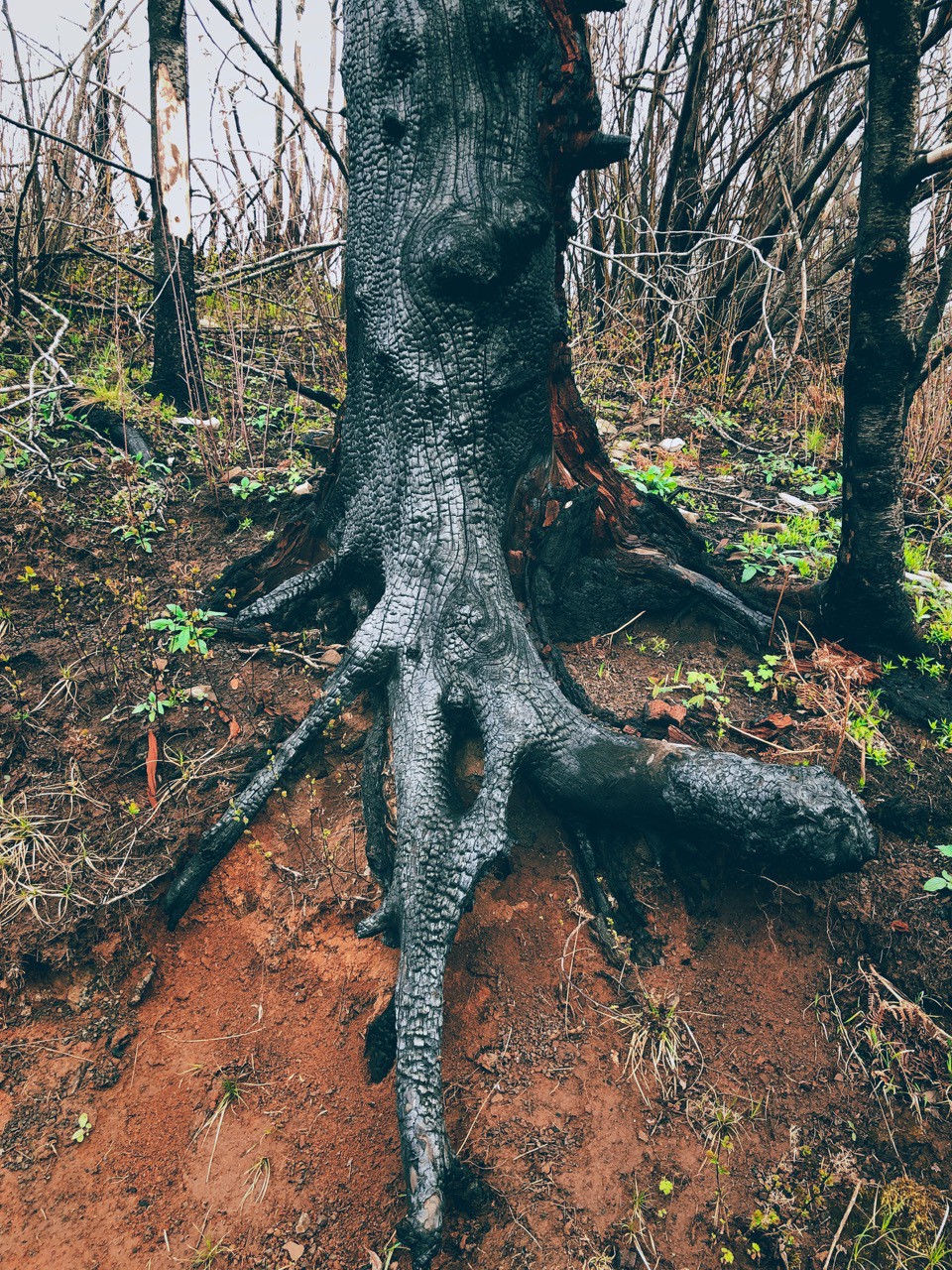
Last Saturday we went hiking at Angel’s Rest in the gorge. I’ve been on this hike several times and always enjoy it. It is only a thirty minute drive from home, and offers great views and a good workout.
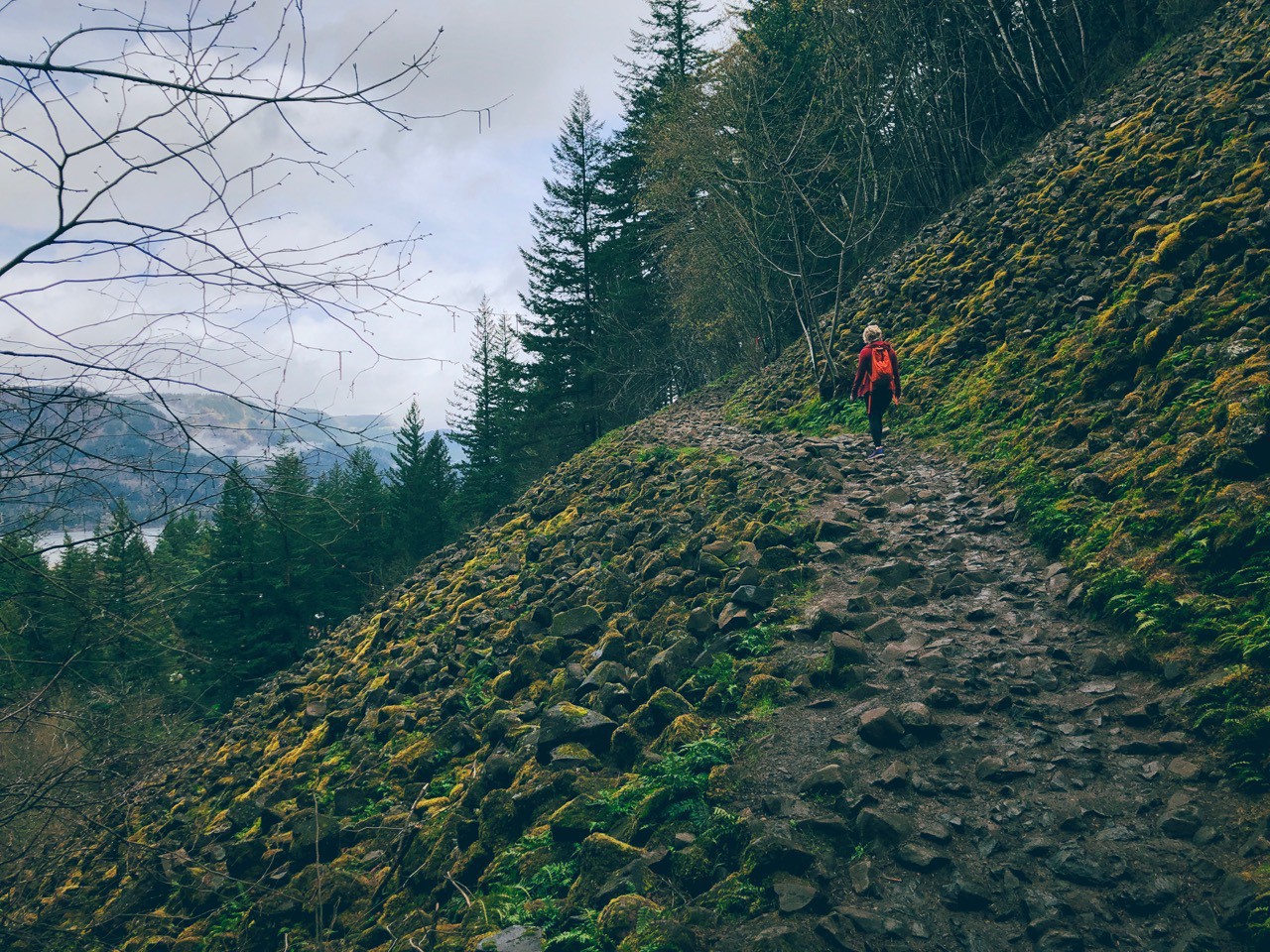
This trail, along with many others had been closed for over a year since the Eagle Creek Fire, and had reopened last fall.
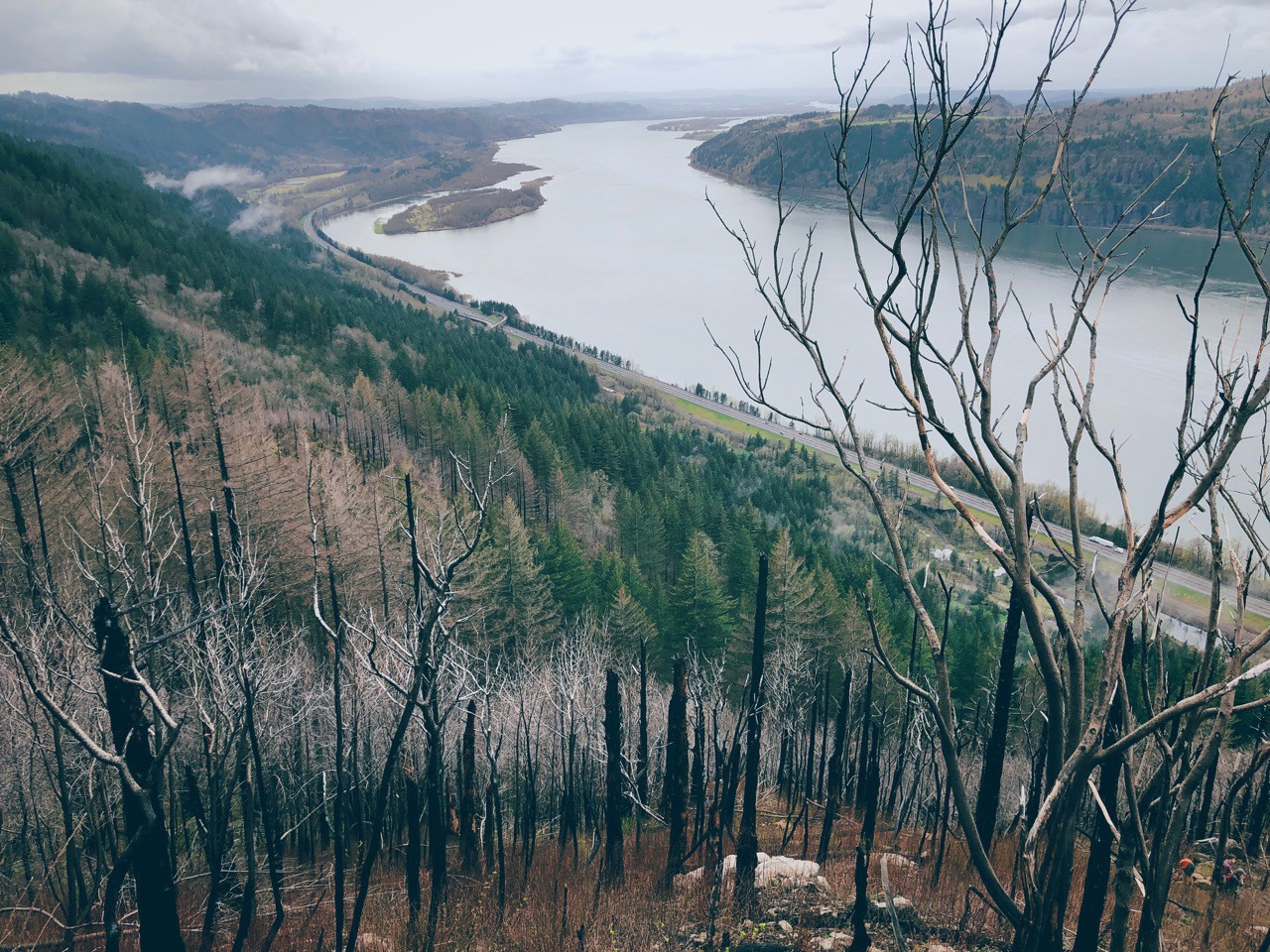
All the way from the trailhead to the viewpoint on the top of the cliff there were charred trees. I’ve never hiked through a place devastated by fire before, so it was a new an interesting experience from that regard.
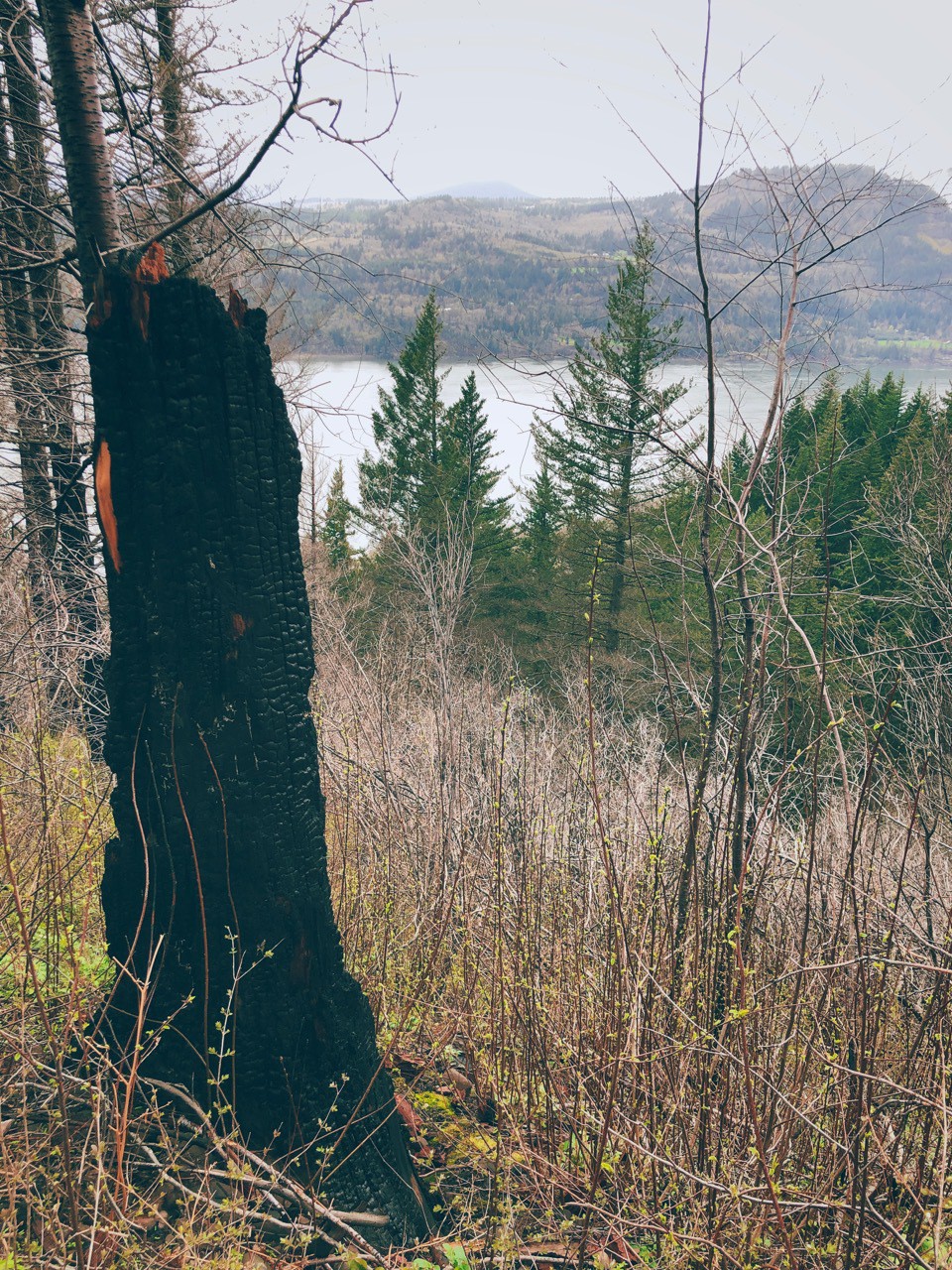
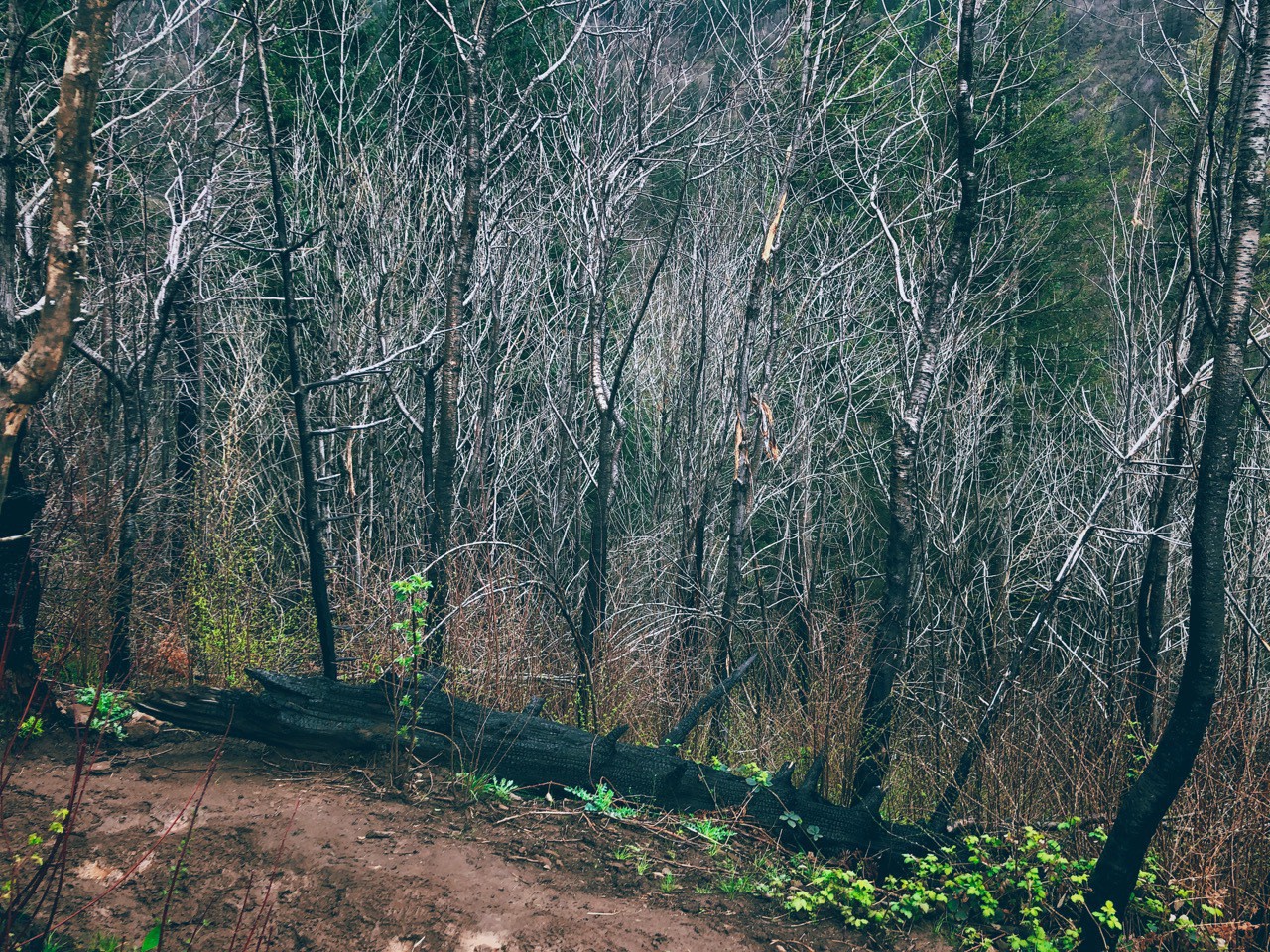
Some areas on the trail were a bit muddy with puddles but mostly it was fine.
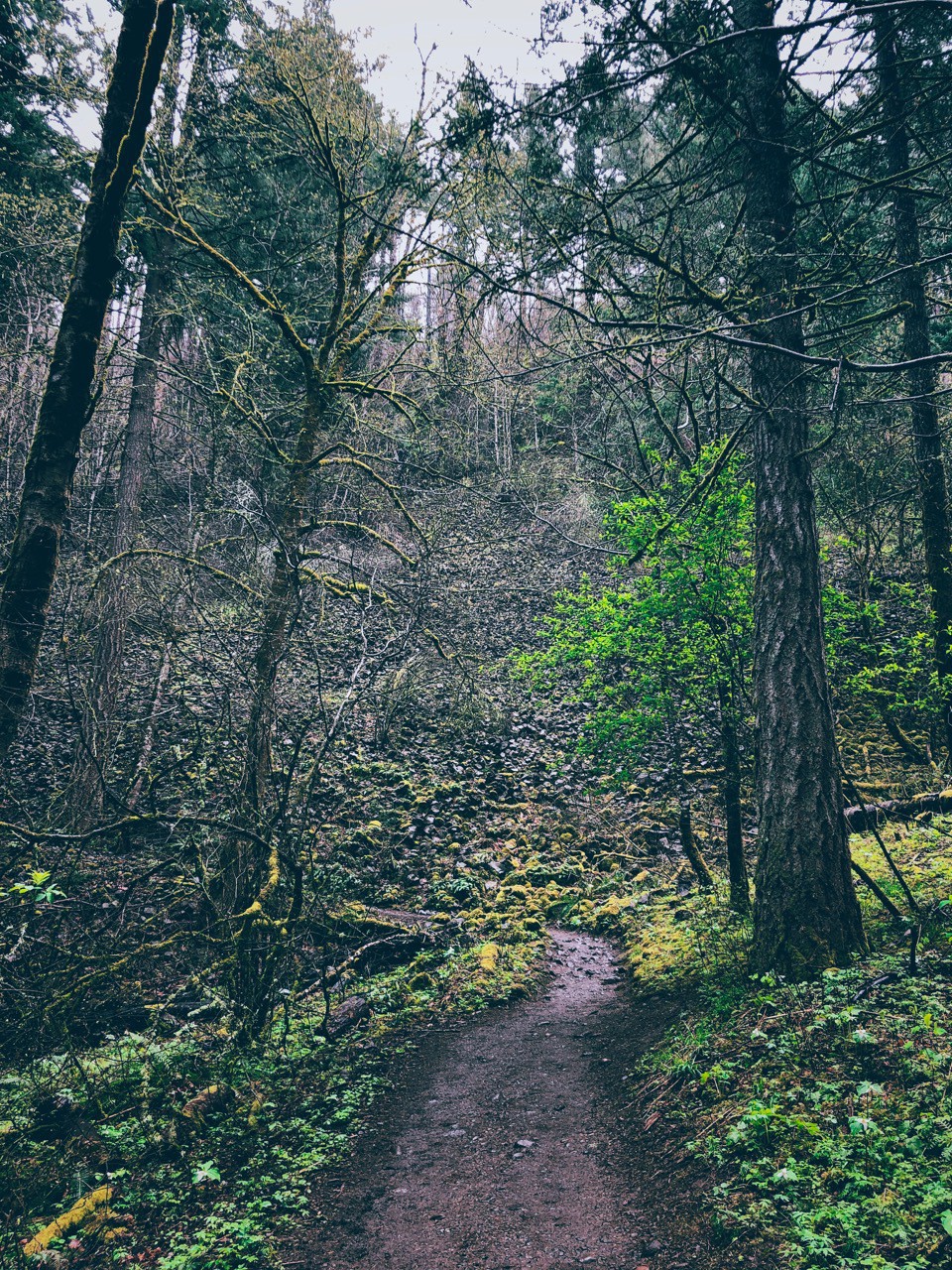
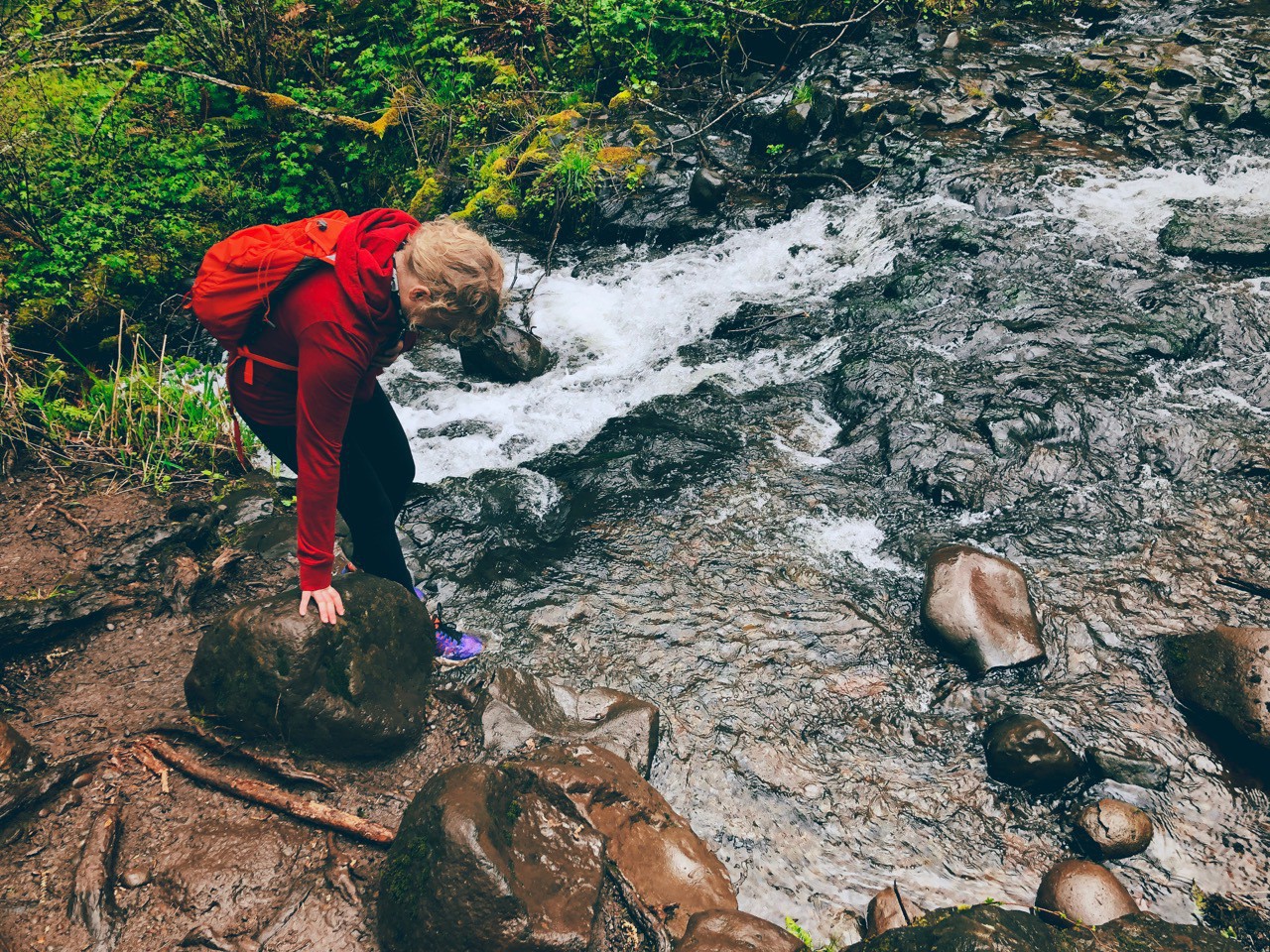
Views were great as always.
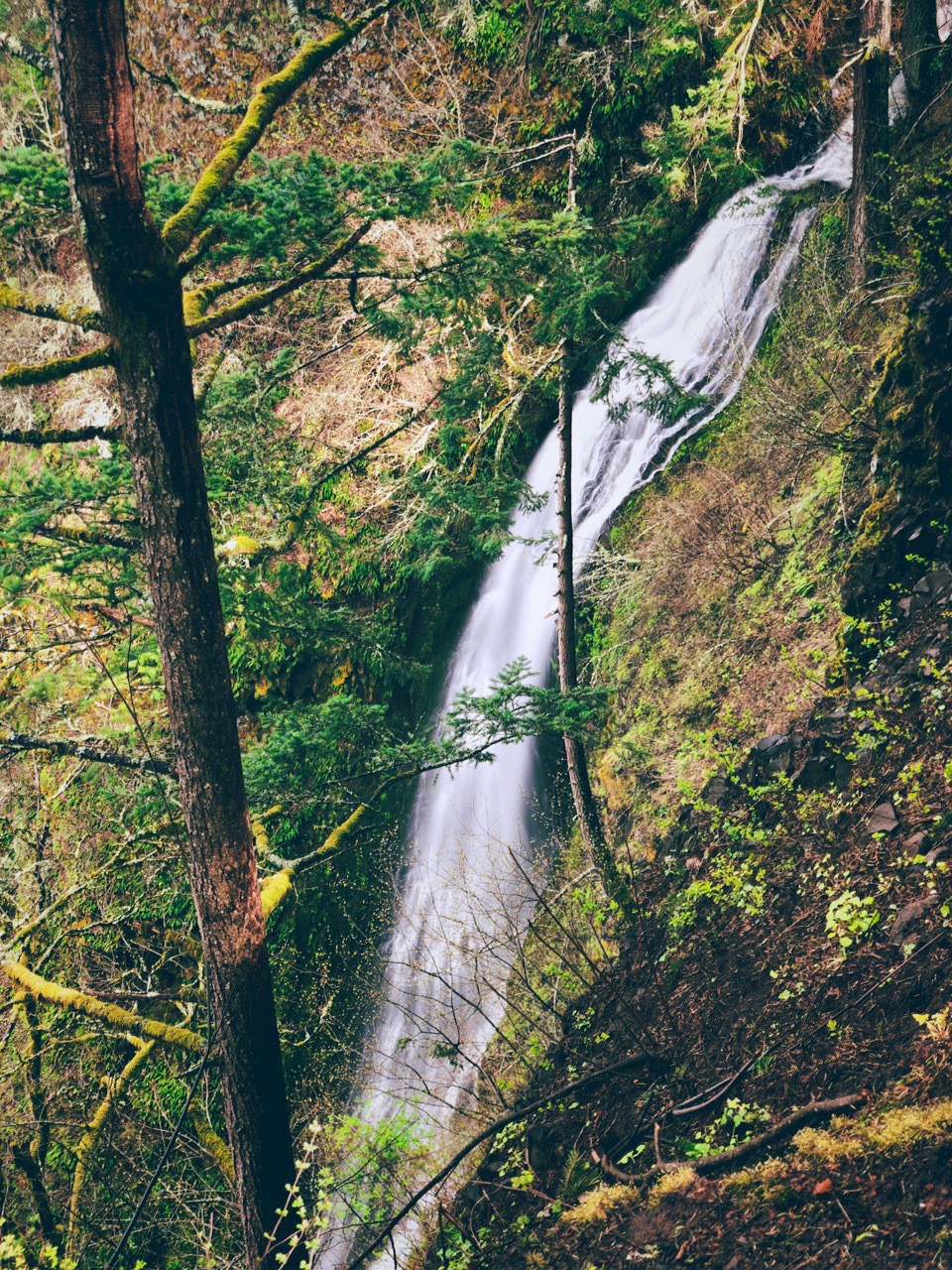

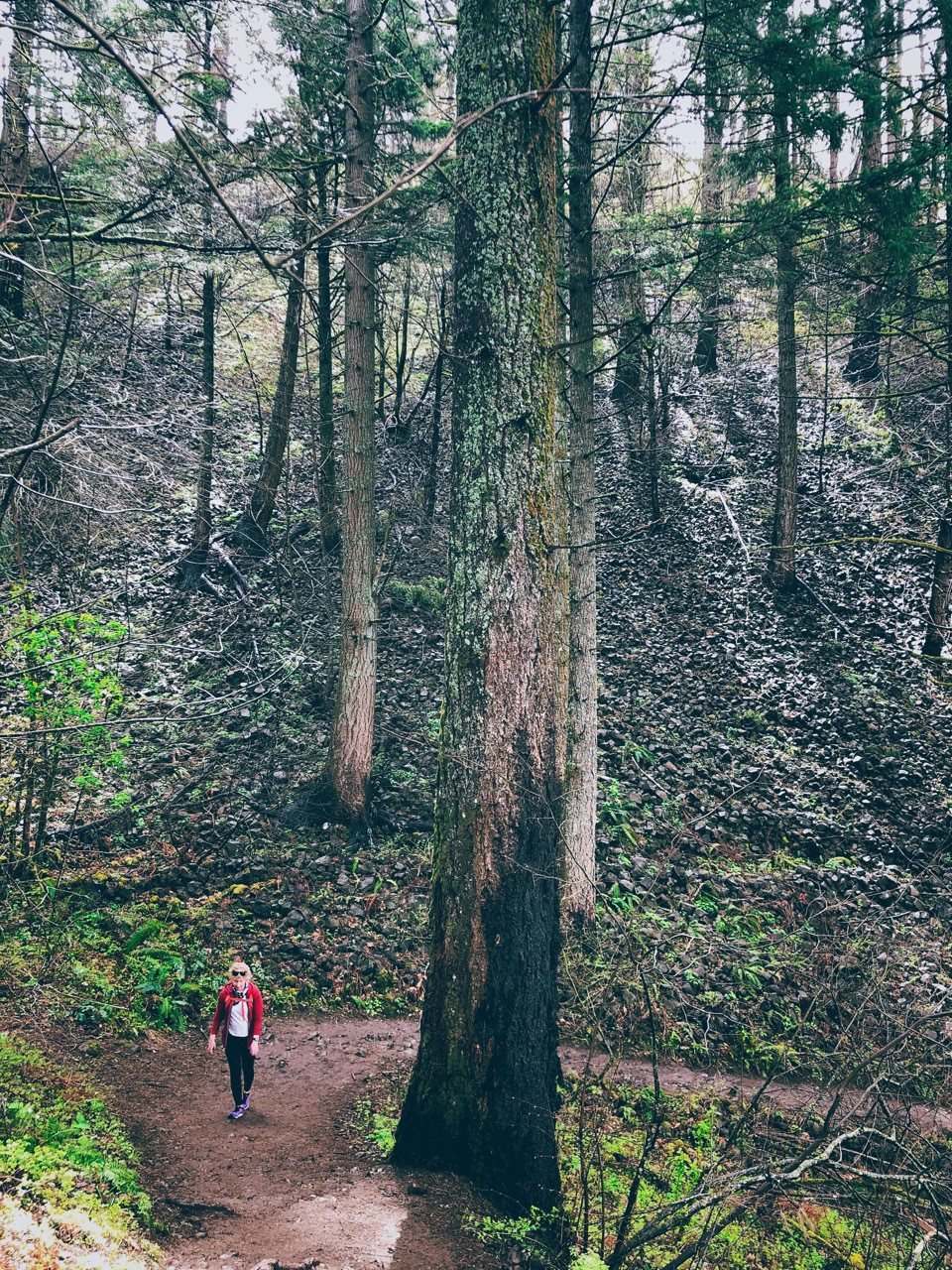
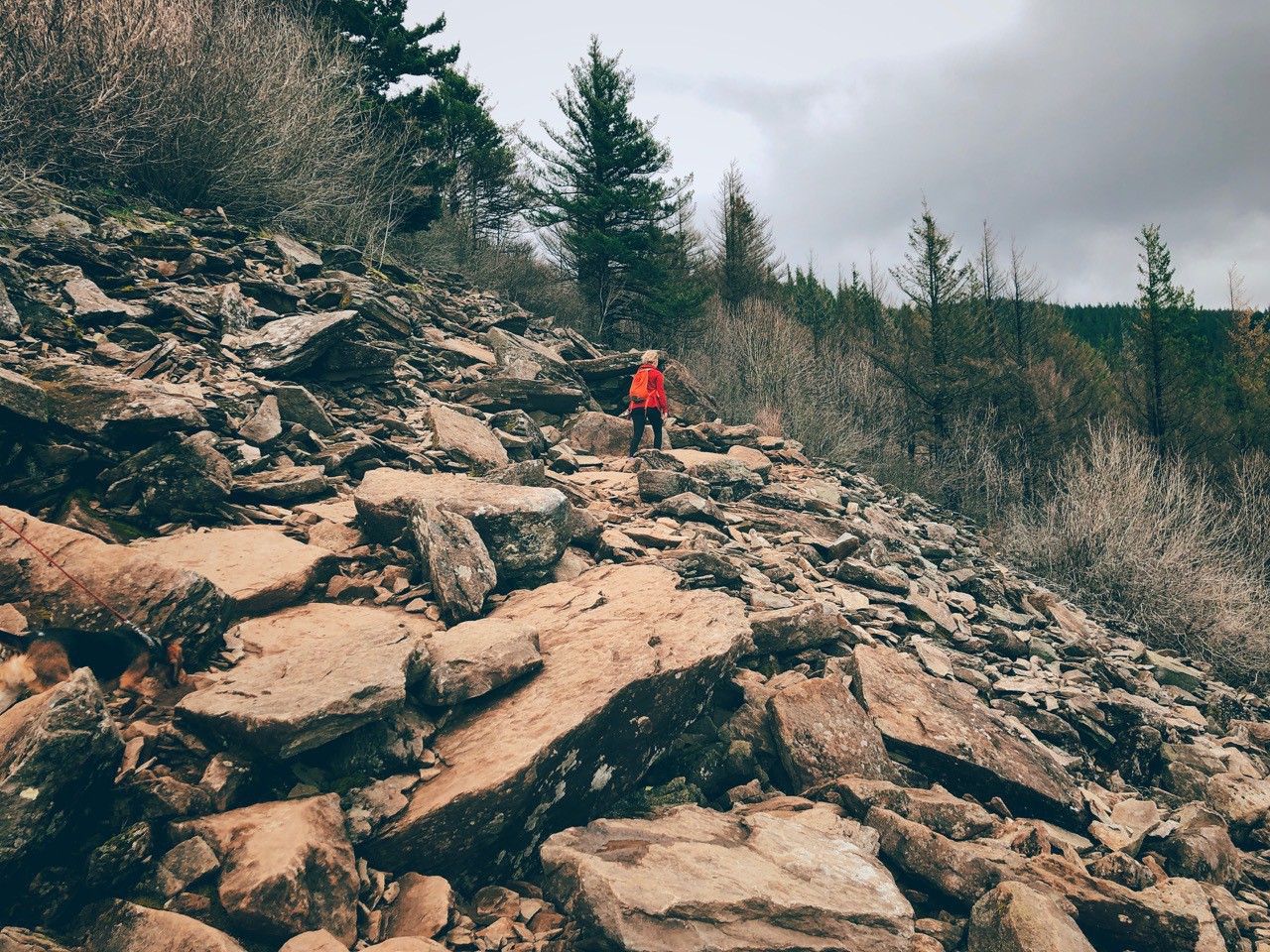
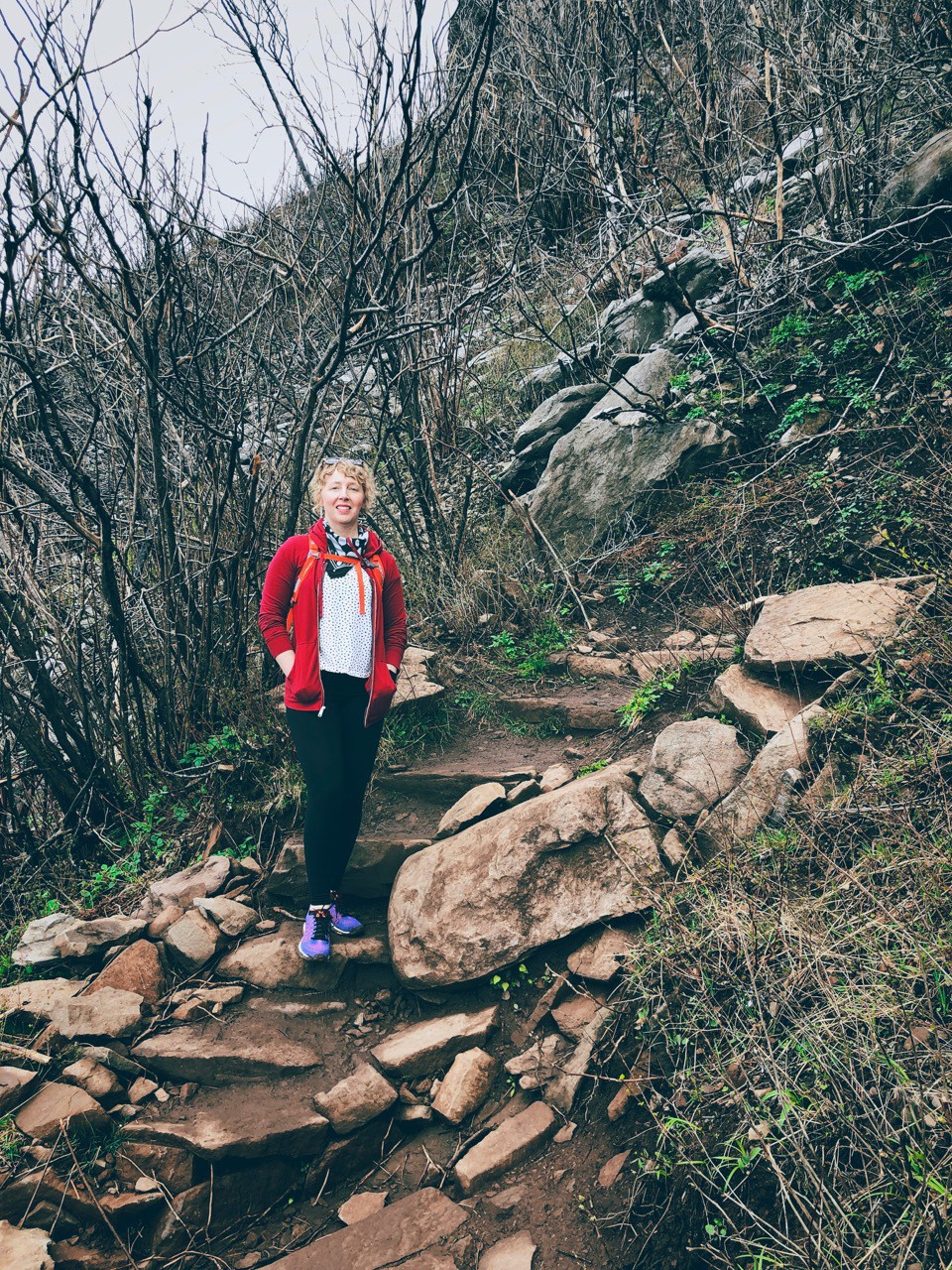

Activity stats:
Distance: 4.9 miles
Elevation Gain: 1484 ft
Time (including breaks): 3h 5m
It boggles my mind that the Activity app on the Apple Watch shows percentage completed for the rings, but the one on the phone does not ¯_(ツ)_/¯
It took five months of hard work, with zero support from Jenni, but I finally finished all the leftover candy from Halloween.
Ha ha ha! This is awesome: twitter.com/JoannaSte…

Friends who live in Oregon, please consider sending an email to the legislature today in support of sexual assault survivors. Takes two minutes with the info in this thread: twitter.com/MaryNumai…
A tabletop shelf/box for the kitchen
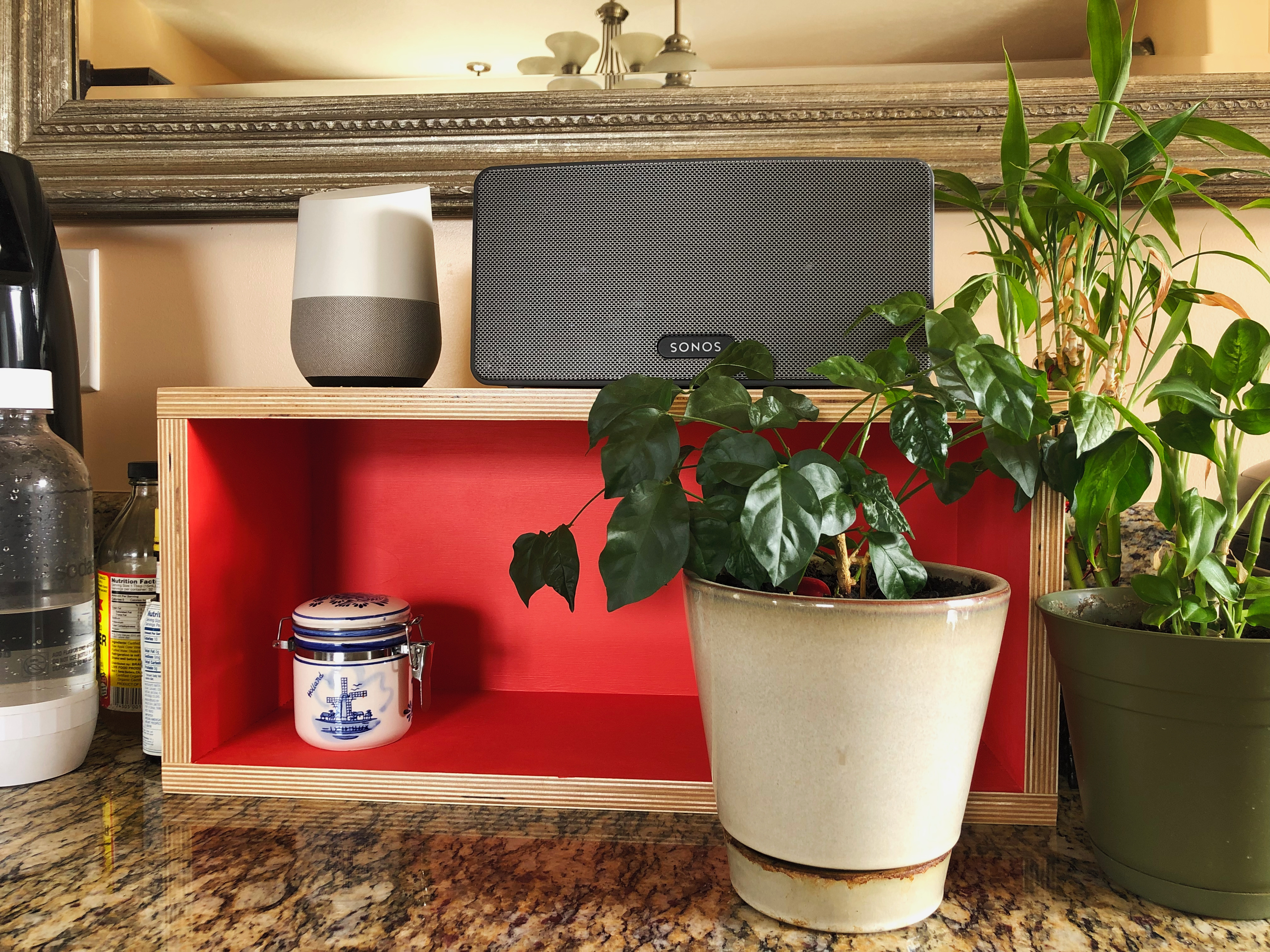
Jenni wanted a shelf in the kitchen to organize things a little better and I wanted to make different kinds of boxes. That’s how this came to be.
I’m a beginner woodworker and always on the lookout for new projects that I can use as an excuse to learn new skills, and let’s be honest, to buy new tools. For this project I ended up buying a new blade for my table saw. One that has teeth with flat tips to make a flat cut, so that the finger joints fit snugly.
I also made a new tool, or as they call it in woodworking, a jig. I made a crosscut sled for my table saw, and that was very useful in making the 232 cuts for the finger joints on this box. That required some patience since you have to set things up correctly, make sure the sides are properly aligned, and not make adjustments until you’ve made all the cuts. I used some scraps to make a few joints, and messed that up a bit, but that led to this working out fine. Although at one point I dropped one of the sides and broke a couple of the end finger joints on it. I made sure they were on the back when I put it all together. 😉
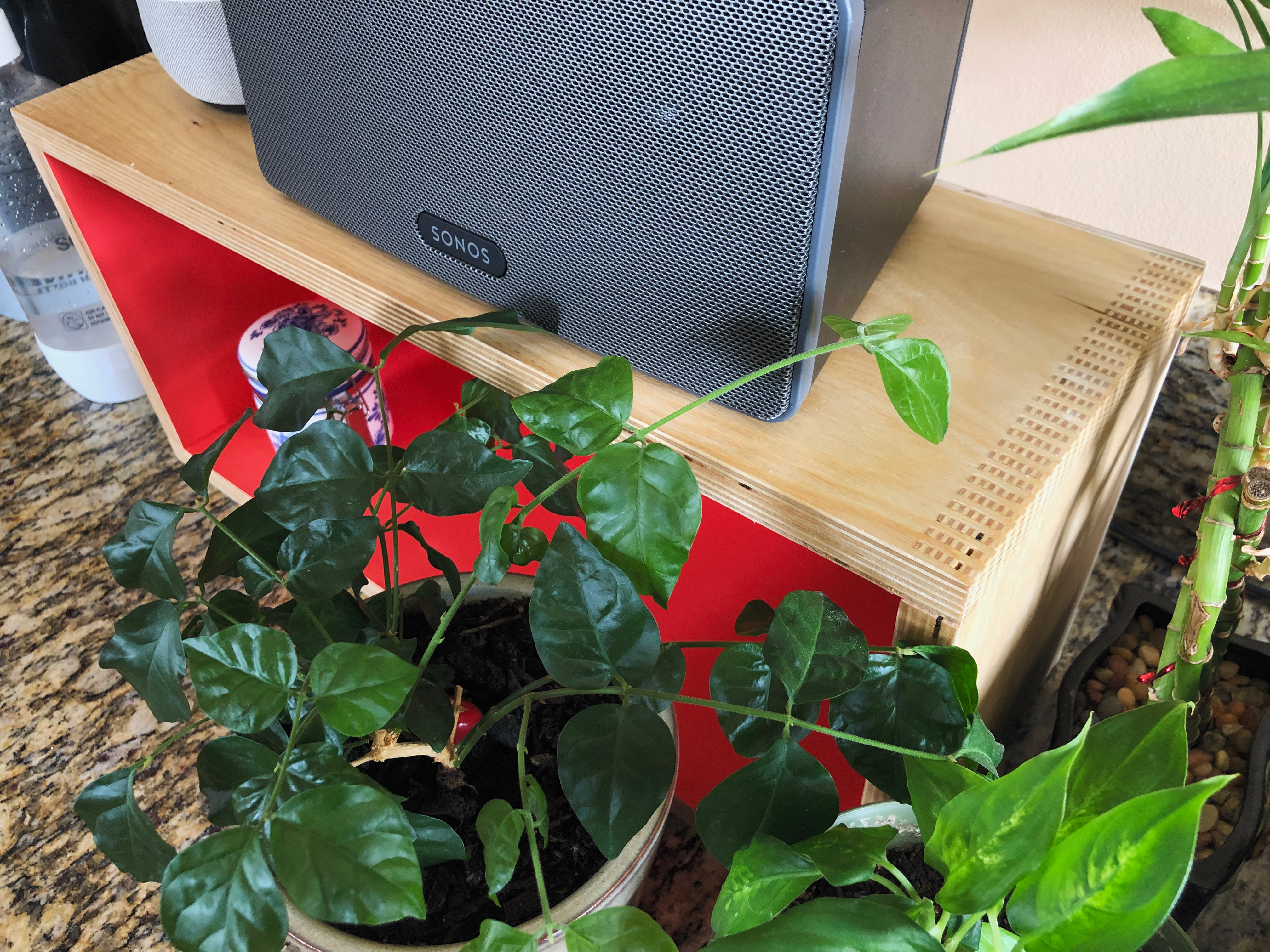
Jenni picked the interior color. The paint company called it Salmon. I constructed the whole box before applying paint, so that step was a little awkward, but it turned out alright. Lesson learned, I think. We decided to keep the plywood edges showing, so I ended up finishing those, and the exterior, with some clear satin polyurethane. Oh, the material was baltic birch plywood, which as you can see has a lot of layers.
Many parts of this were great learning experiences. Not all joints came out equally well but they were acceptable. Making the crosscut sled took longer than making this box but it was totally worth it. I’d been wanting to make one for a while and I look forward to using it for many projects to come.
Closed the move ring on my Apple Watch while repeatedly getting potato chips out of a bag over the last few minutes. #winning
Decided to learn some JavaScript stuff today and now my head hurts.

